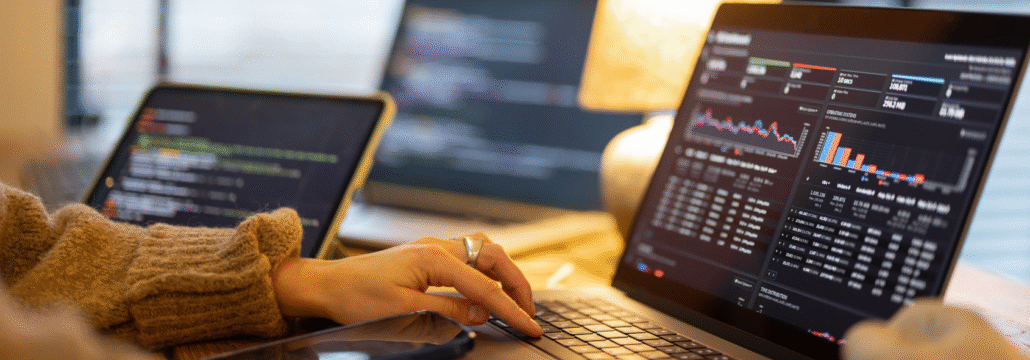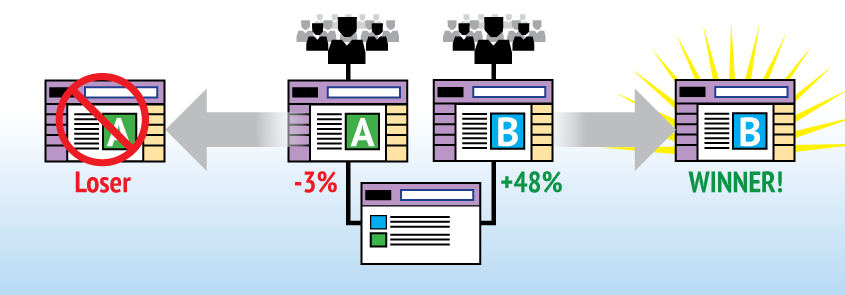
Why and how UX designers should perform user shadowing
What is user shadowing?
Key learnings can include
What the user's (actual) job responsibilities are
What steps do the users perform to complete their day-to-day jobs
Oftentimes, our shadowing sessions will not only uncover many redundant steps but also inconsistent steps performed among users of the same role.
What systems, paperwork and people do the users interact with
This is often the biggest eye-opener because a client will usually bring us in thinking they need us to redesign a single software product but then we reveal that their users are actually interacting with a dozen or more applications to get a single task done.
What data and features should be surfaced and made more accessible to the users
What pain points do the users struggle with
Are they constantly entering redundant data in multiple places? Do they need to log into and bounce around between multiple disparate systems? Do they struggle to find certain screens and data elements? Is the currently system painfully slow? Are they performing workarounds just to get their job done?
The key principle of shadowing is that the UX researcher(s) act only as an unbiased observer. They are not to interfere with the user as that interference might change the way the user behaves in any given circumstance. Once the user completes a given task, the researcher can then ask questions about the completed task and/or ask the user to walk through the task again – but it is critical that the researcher refrain from interrupting the natural flow of the user.
How many users should you shadow?
To determine the number of users you should shadow, first start by defining the number of user personas the product you are designing has. Then, try to shadowing 3-5 users that represent each persona. For example, if your product has Call Center Reps, Supervisors, and System Admins, you should try to shadow 3-5 of each. Typically, once you’ve observed more than 5, your observations will yield less and less unique findings.
How long should user shadowing take?
Shadowing can take place over any time period. It can be as short as a 30-minute session or it can be very involved and take place over a period of days or weeks. The exact length of shadowing is normally determined by what the user does and what the researcher wishes to learn.
Key user shadowing tips:
Record the sessions
Record the sessions:
When possible, shadowing sessions should be recorded as they are conducted because the ability to playback a recorded session will prove to be invaluable. It is simply impossible for a researcher to capture every action the observe. In fact, you can have 5 researchers participate in the same shadowing session and each will observe different things and even have different interpretations of what they witnessed. The recording becomes the indisputable evidence.
The method you choose to record the sessions is also important because you should make sure the recording method does not distract the user from their normal activities and behaviors. For example, pointing a camera at the user can make them much more apprehensive and aware that they are being recorded, which will make them behave differently than the normally would. Using a simple web conference service like GoToMeeting or WebEx can be a great recording method for users that work at a desk all day because:
- The setup is quick and easy. Just email the user a link to click on, have them dial into a number, and then put their desk phone on speaker so you can record whatever the user says and whatever questions you ask.
- Once setup, the user will quickly forget they are being recorded and behave more naturally.
- Others can join the call and silently listen in and watch without being physically present.
Choose your researcher(s) carefully
- Is able to refrain from interrupting the user’s natural flow of work.
- Is not someone perceived to be superior or of a higher rank to the user because the user may feel intimidated and cautious about what they do and what they say.
- Is completely unbiased and is not tempted to introduce their own preferences or thoughts on how the user should do things. Shadowing is about learning and informing your design decisions. It’s not about training or gaining support for a possible solution.




